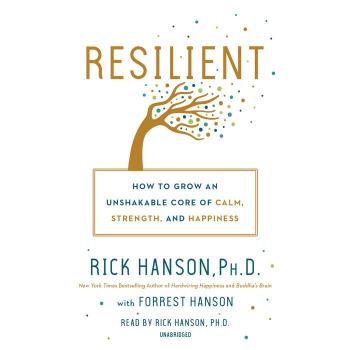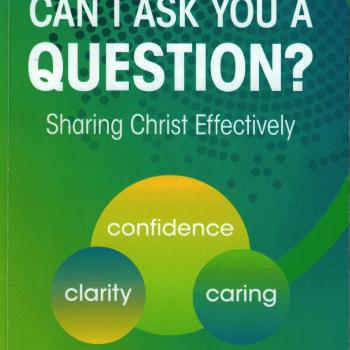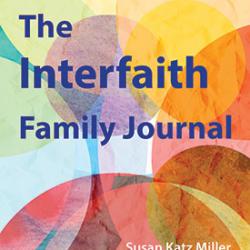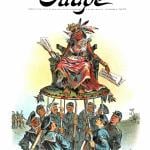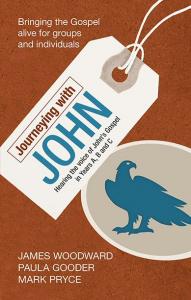 Journeying with John
Journeying with John
Journeying with John: Hearing the Voice of John’s Gospel in Years A, B, and C by James Woodward, Paula Gooder, and Mark Pryce is meant to explain how a person can use the lectionary cycle to see the entire work of this Gospel. The authors use their knowledge of the Lectionary cycle to give the reader an excellent primer on the Gospel of John.
Woodward, Gooder, and Pryce make some interesting points about the Gospel of John. For instance, they state that the Gospel (along with the Letters of John and Revelation) was written by a community of Johannine disciples. They cite the following evidence for their finding (3-15):
EVIDENCE FOR BEING WRITTEN BY A COMMUNITY OF DISCIPLES
1. They make the distinction between an author and an editor. John may be the author but the books were edited by others. They say this explains the difficulties one encounters with the Gospel of John.
2. The placement of John 8 should actually be in Luke.
3. The book describes events after 70AD and was probably edited in the early second century
4. The structural problems suggest that the Gospel, the Letters, and Revelation may not have been written by one person. Thus, there must be a community that wrote these five works.
5. “The Judeans” becomes slang for “The Jews” a group of people who opposed the Gospel. This is not a geographic reference.
6. The differences between Matthew-Mark-Luke and John is because the sources are different.
The authors address the humanity and divinity of Jesus in John’s Gospel (14).
“Kasemann states that Jesus is “God striding over the Earth” – a very divine image. However, Jesus is also very human in John.”
THOUGHTS ON THE BOOK AS A COMMENTARY
Helpfully, the authors then share insights in a commentary through the rest of the book. The commentary insights are not structured in a traditional verse-by-verse form. Instead, the authors have decided to follow the structure of the Lectionary to comment on the Gospel. Along the way, they share some insights from the Gospel of John. They develop six convictions about the Incarnation (26). The authors show how the seven signs in the Gospel of John reveal God’s glory, and that this is the purpose of the book (31). They also show the discourses in the Gospel of John fit into Lent (40). The authors also spend time evaluating the structure of the farewell discourse in John 13-17 (42).
The authors identify the four themes of the passion narrative in the book of John (51): (1) Lamb, (2) Glory, (3) Lifted up, and (4) Jesus dies for others.
The final themes of the Gospel are so important that they are relayed through twin stories (69). There are two stories of the empty tomb, two stories of the recognition of the risen Jesus, and two stories of commissioning of the disciples by the risen Jesus. The miraculous catch of fish on the seashore is the eighth sign of the Gospel of John (which comes after the resurrection). This is the sign reveals the glory of Christians, who we are called to be (70). The authors end this commentary by elaborating on the work of the Holy Spirit and His power (80).
In the end, this book by Woodward, Goodner, and Pryce is a good complementary commentary for pastors and teachers who follow the Lectionary cycle in their preaching and teaching. Ultimately, the book is a helpful resource, albeit not a traditional one.



